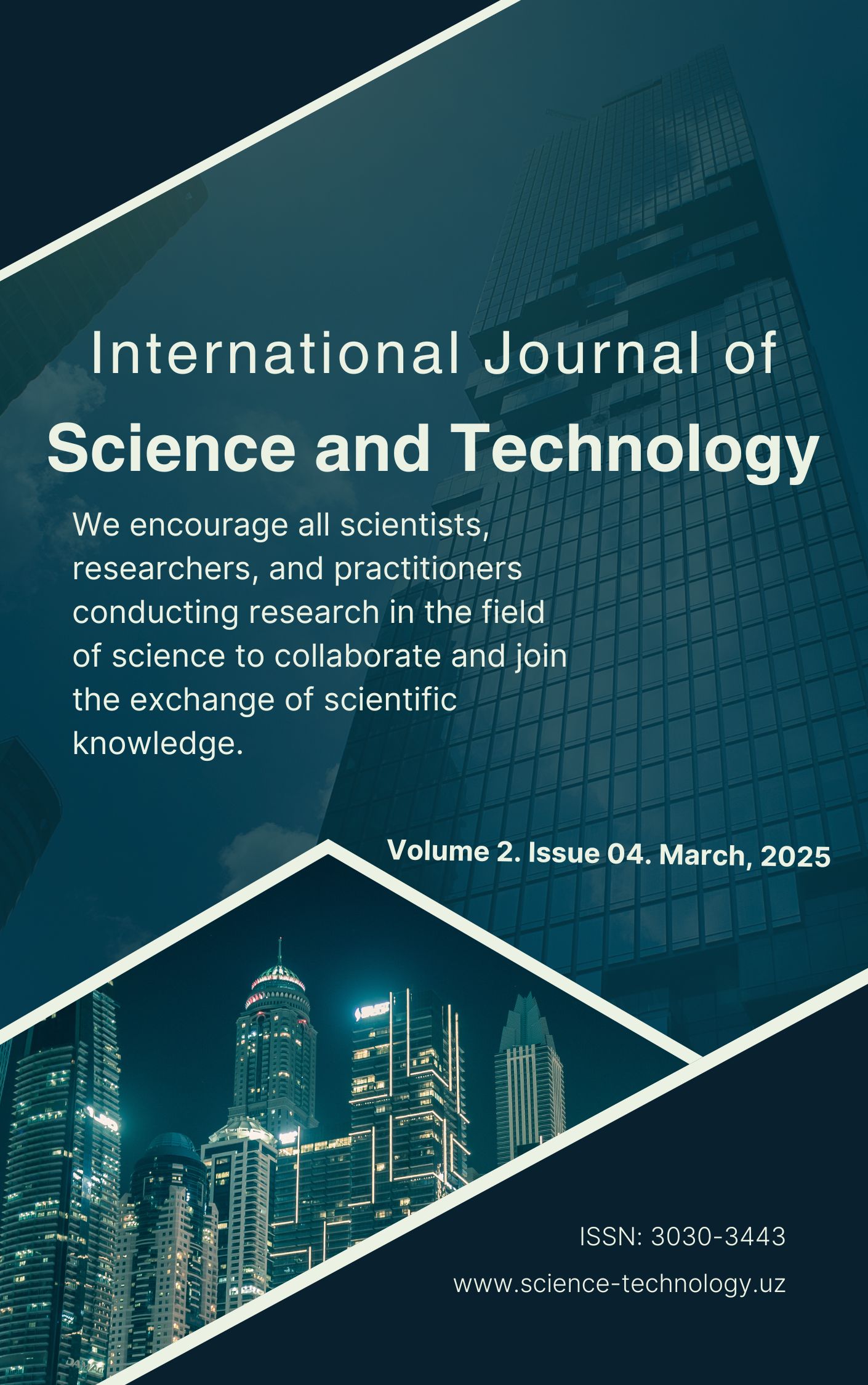Опубликован 2025-04-03
Ключевые слова
- authentic materials; listening comprehension; efl education; language learning; challenges; listening skills; natural speech; accent exposure; informal language; classroom strategies.

Это произведение доступно по лицензии Creative Commons «Attribution-NonCommercial-NoDerivatives» («Атрибуция — Некоммерческое использование — Без производных произведений») 4.0 Всемирная.
Как цитировать
Аннотация
This article explores the various challenges faced by EFL learners in developing their listening skills and discusses how the use of authentic materials can help address these challenges. By exposing learners to a variety of spoken English in real-world contexts, authentic materials enhance comprehension, build listening strategies, and prepare learners for practical language use. The paper concludes by highlighting strategies for effectively integrating authentic materials into EFL classrooms to maximize listening development.
Библиографические ссылки
- Breen, M. (1985). Authenticity in the Language Classroom. Applied Linguistics, 6(1), 60-70.
- Flowerdew, L., and Miller, L. (2005). Second Language Listening: Theory and Practice. Cambridge University Press.
- Gilmore, A. (2007). Authentic Materials and Authentic Methods in EFL Teaching. ELT Journal, 61(3), 239-246.
- Krashen, S. D. (1985). The Input Hypothesis: Issues and Implications. Longman.
- Nunan, D. (2004). Task-Based Language Teaching. Cambridge University Press.
- Richards, J. C. (2006). Communicative Language Teaching Today. Cambridge University Press.

